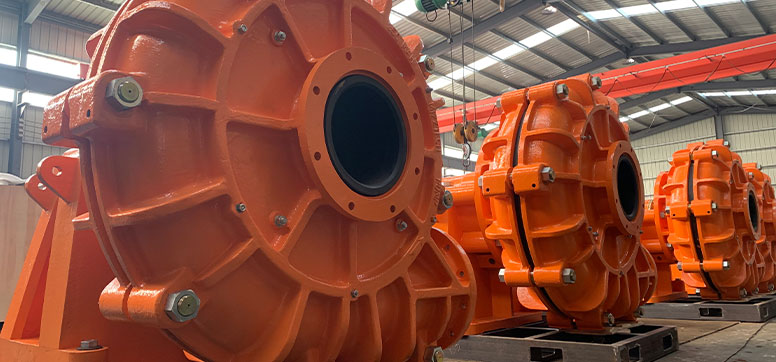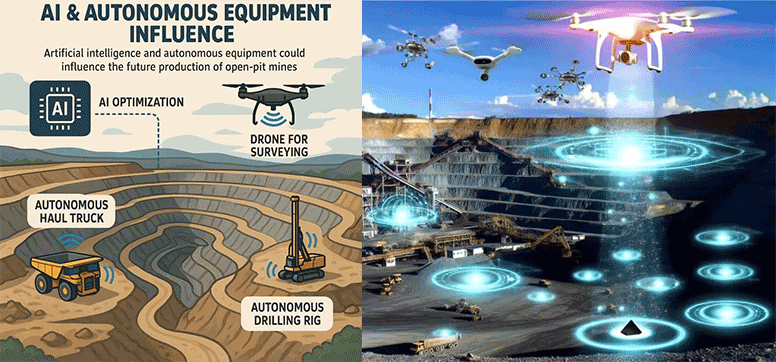What are the key considerations in choosing the right mud pump for industrial applications
When selecting the right slurry pump for an industrial application, there are several key factors to consider to ensure pump performance, durability and economy. The following are detailed considerations:
1. Flow and pressure requirements
Flow Rate:
DEFINITION: The flow rate of a pump refers to the volume of slurry pumped per unit of time, usually expressed in cubic metres per hour (m³/h) or gallons per minute (GPM).
SELECTION: The appropriate flow rate is determined by the needs of the system. For example, high flow rate pumps are often required in mining or drilling applications.
Pressure:
DEFINITION: Pump pressure refers to the pressure generated when pumping mud and is usually expressed in bar (bar) or pounds per square inch (psi).
SELECTION: Pumps are selected based on the maximum pressure requirements of the system. High pressure applications such as oil fields and mining require pumps that can handle high pressures.
2. Slurry Properties
Viscosity:
Definition: The viscosity of a slurry refers to its flowability. A slurry with high viscosity has poor flowability.
Choice: High viscosity slurries require the use of specially designed pumps such as screw pumps or twin-screw pumps, which are capable of handling more viscous media.
Solid particles:
DEFINITION: The size and content of solid particles in a slurry can affect pump selection.
CHOICE: Slurries containing large particles or large amounts of solids require abrasion-resistant pumps such as submerged pumps or heavy-duty slurry pumps.
Chemical composition:
DEFINITION: The chemical composition of a slurry determines its corrosiveness.
Choice: When dealing with corrosive mud, you need to choose pumps made of corrosion-resistant materials, such as stainless steel or plastic pumps.
3. Abrasion resistance
Material selection:
Definition: The abrasion resistance of a mud pump depends on the material in the pump that contacts the mud.
Selection: Select materials with high wear resistance, such as hardened steel or alloys, to extend the life of the pump. Wear-resistant materials are critical especially when handling slurries containing large amounts of solid particles.
Design Features:
DEFINITION: Pumps should be designed with reduced wear in mind.
OPTION: Using pumps with replaceable wear liners and wear components reduces the frequency and cost of repairs.
4. Drive type
Electric drive:
Advantages: Stable operation, low maintenance costs, suitable for environments with an electrical power supply.
Considerations: Need to ensure the stability of the power supply and sufficient power.
Diesel engine drive:
Advantages: suitable for the site without power supply, strong mobility.
Considerations: regular maintenance and refuelling, noise and emission problems.
Pneumatic drive:
Advantages: suitable for explosive environments, less susceptible to power supply issues.
Considerations: requires a gas source, may require additional gas handling equipment.
5. Installation space and ease of maintenance
Installation space:
DEFINITION: Pump size and design should meet the requirements of the installation site.
Selection: to ensure that the pump can work properly in the installation space, consider the size and configuration of the pump.
Ease of Maintenance:
DEFINITION: Pump maintenance and repair should be as simple as possible.
Selection: Select pumps that are well designed and easy to disassemble to ensure that regular maintenance and replacement of parts will not cause excessive downtime.
6. Cost effectiveness
Initial Cost:
Definition: The purchase price of the pump.
Option: Select a cost-effective pump within your budget. A higher initial investment may result in higher performance and longer service life.
Maintenance Cost:
Definition: The cost of maintaining and operating the pump during use.
Choice: Select a pump with low maintenance and operating costs, considering frequency of repairs, replacement costs for wear parts, etc.
Operational efficiency:
Definition: the pump's energy consumption and efficiency.
Selection: choose high efficiency and energy saving pumps to reduce long-term operating costs.
Summarise.
Selecting the right mud pump requires comprehensive consideration of factors such as flow and pressure requirements, mud properties, wear resistance, drive type, installation space and maintenance convenience, and cost-effectiveness. A comprehensive evaluation of these factors can help select the right pump to ensure efficient operation and long-term stability in industrial applications.







